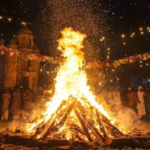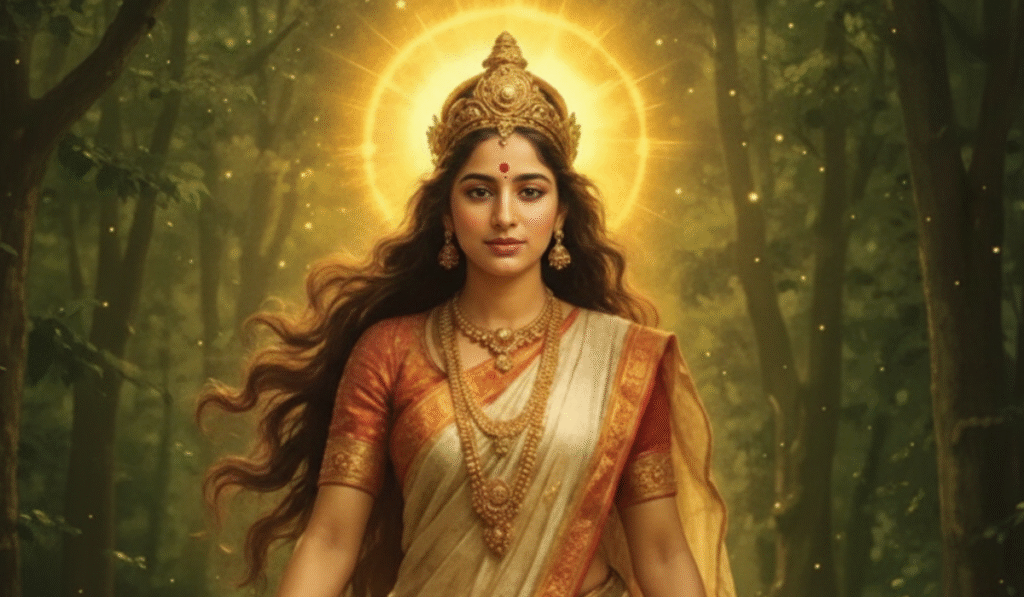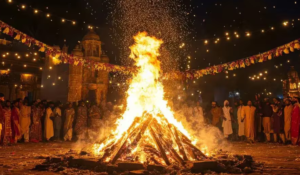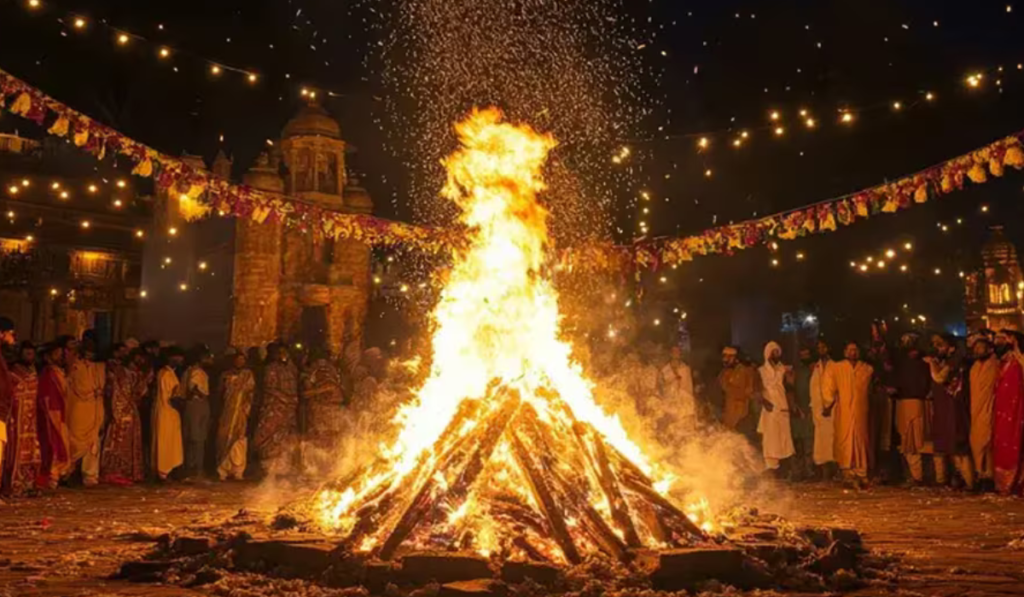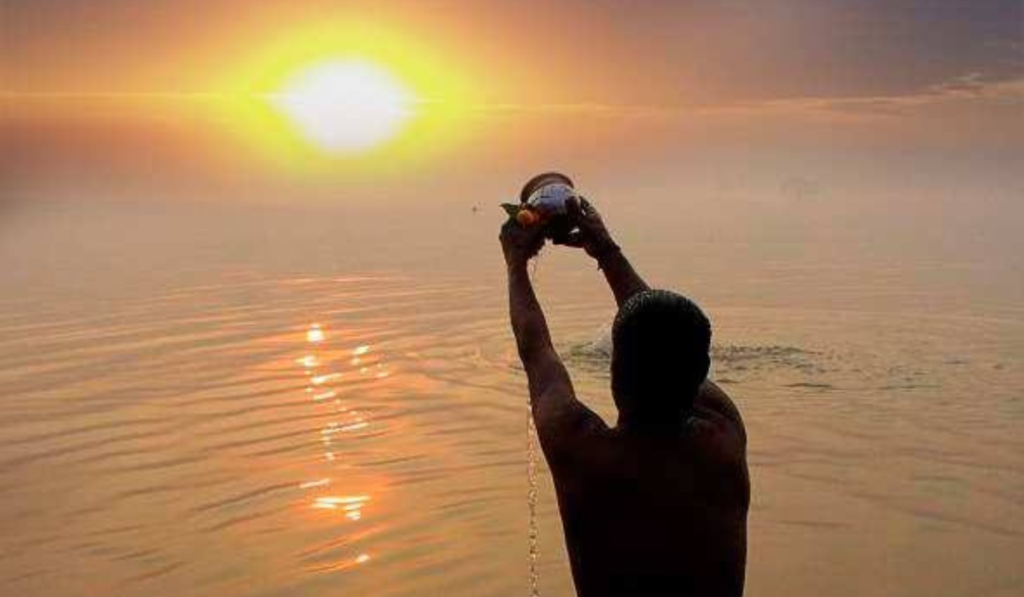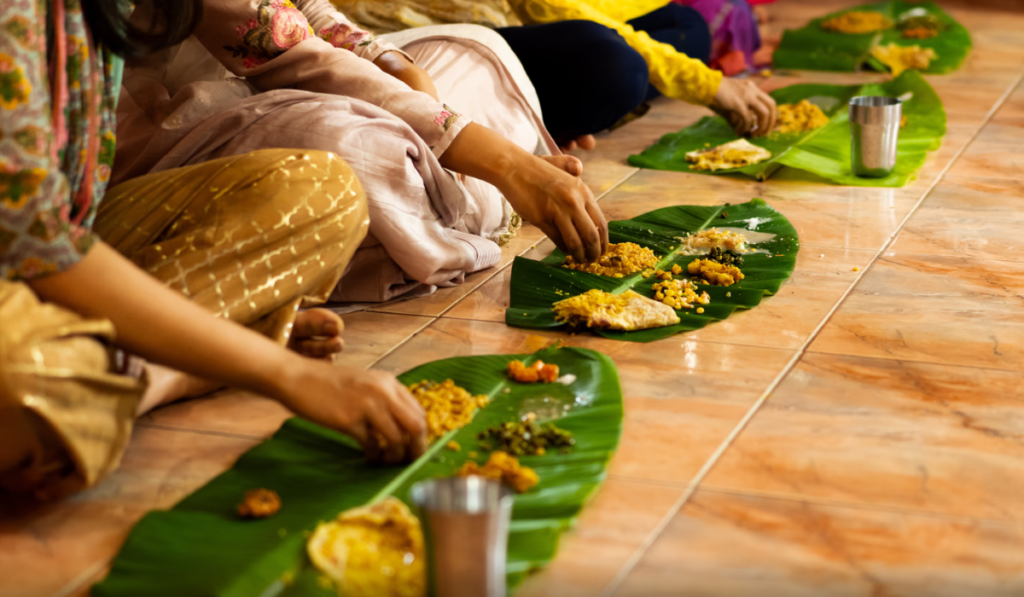Navratri is not just a festival, it’s a spiritual journey of 9 days with the ability to experience each day with different values of life. Each day brings us closer to the deeper essence of Maa Durga. After Day 1, where we worshipped Maa Shailputri, the journey now takes us to Day 2. On this day, we honor Maa Brahmacharini, she is the goddess who embodies tapasya, discipline, and unshakable devotion. She represents the pure determination of the soul walking on the path of truth.
Wearing white color on this day symbolizes peace, purity, and the strength of stillness. Let’s dive into her story, her form, and the blessings she gives to her devotees.
Key Insights
- Maa Brahmacharini is worshipped on Day 2 of Navratri.
- She represents penance, patience, and devotion, reminding us of the power of inner strength.
- Her form: barefoot, japmala in right hand, kamandal in left, symbolizing faith and simplicity.
- The day’s color is white, signifying purity, calmness, and peace.
- Worship of this form blesses devotees with wisdom, mental peace, and self-control.
Who is Maa Brahmacharini?
Maa Brahmacharini is the second roop of Maa Durga. The name itself carries a deep meaning. Brahma stands for tapasya, knowledge, or the ultimate truth, while Charini means the one who walks or follows it. Together, Brahmacharini means “the one who walks the path of devotion and penance.
She is not fierce like the forms we meet later in Navratri. Instead, she is calm, gentle, and serene, yet her strength is unmatched. She is the picture of tapasya, teaching us that devotion and discipline are the true power behind every victory.
To understand how Maa Parvati became Maa Brahmacharini, we go back to her story.
How Maa Parvati Became Maa Brahmacharini?
When Maa Parvati was born to Himavan and Mena, Maharshi Narad had already foretold that she was destined to become the consort of Bhagwaan Shiv. From childhood, Maa Parvati carried deep love and respect for Shiv. She would serve him with devotion, cleaning his cave, collecting flowers and fruits, and offering him her heart’s purest prayers.
But Bhagwaan Shiv, lost in his own tapasya, showed no sign of affection or worldly desire. His mind was detached, his heart untouched by love after Maa Sati’s deh-tyaag in her previous birth.
Parvati ji longed to win his heart, not with beauty or wealth, but with devotion. She went to Narad Muni for guidance. He advised her to take the path of tapasya, to leave behind comforts and dedicate herself completely to meditation, chanting, and self-discipline.
So Parvati ji gave up her palace life. She removed her royal clothes, walked barefoot, and became a sadhvi. At first, she survived only on fruits and leaves, but later, she gave up even the leaves. That is why she is also called Aparna, the one who would not even eat a leaf.
Her tapasya was so intense that she shook even the rishis and munis around her. Scriptures describe her as Jigaya Tapasa Munim, the one whose tapasya even amazed great sages. With every breath, every chant of the Panchakshari Mantra, she walked closer to Shiv.
This is how Maa Parvati became Maa Brahmacharini, the embodiment of patience, tapasya, and unbroken faith.
How is Maa Brahmacharini Depicted?
Maa Brahmacharini’s form is gentle, serene, and deeply inspiring. According to the Skanda Puran, she walks barefoot, carrying a japmala in her right hand and a kamandal in her left. These symbols reflect discipline, meditation, and detachment from material desires.
Her appearance radiates calmness and determination. Unlike the other fierce forms of Devi we see in later days, Brahmacharini represents patience and grace. In the Markandeya Purana and Devi Bhagavata Purana, her description is tied to her role as the goddess of penance, walking the path of devotion with unshakable faith.
Why Do We Worship Maa Brahmacharini on Day 2 of Navratri?
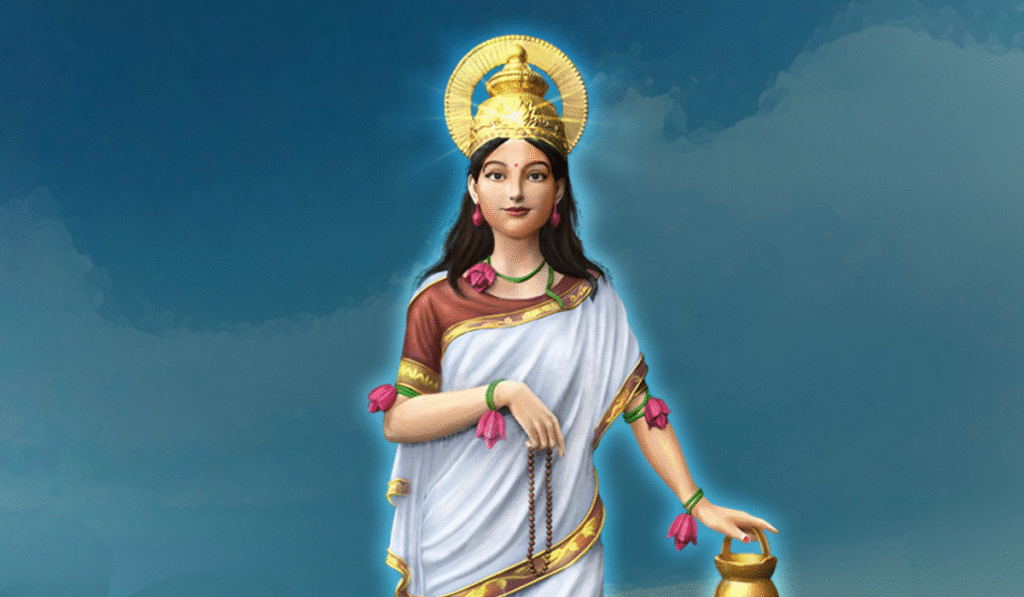
Day 1 was the beginning of a new chapter, but day 2 is the test of resilience and resolve of one’s mind. This is why we worship Maa Brahmacharini on day 2, because it is the second form embodied by Mata Parvati.
When Parvati ji, in the form of Brahmacharini, meditated for years without food and water, she showed the world that devotion and discipline can achieve the impossible. By worshipping her, devotees pray for the strength to stay committed to their goals, to walk through life’s struggles with faith, and to remain calm even in difficulties.
Scriptures like the Devi Bhagavata Purana mention that she blesses her devotees with wisdom and endurance, guiding them towards a life of truth and purity.
What is the Significance of the White color?
Every day of Navratri has a color that resonates with the energy of the goddess being worshipped. For Day 2, the color is white, a symbol of purity, peace, and truth.
Wearing white on this day creates a sense of calmness in the mind and helps devotees focus during puja and meditation. White also reflects simplicity, reminding us that spiritual progress is possible only when the mind is uncluttered and the heart is pure. Just like Maa Brahmacharini, who embraced purity, devotees like us wear white as a way of inviting stillness and devotion into their lives.
The Symbolism of Maa Brahmacharini
Maa Brahmacharini’s roop is very simple and pure, just like her essence. She is barefoot, holding a japmala in one hand and a kamandal in the other. But every part of her image carries something very deep about life and devotion.
Bare Feet
Maa walks without any footwear, showing her complete detachment from worldly sukh. It reminds us that real shakti comes not from comfort, but from courage and simplicity.
Japmala
The beads in her hand are a sign of tapasya and dhyaan. Every bead feels like one small step closer to Bhagwaan.
Kamandal
The water pot she carries is a symbol of pavitrata. Just like a kamandal carefully holds water, we too must carefully hold our urja and emotions.
Shaant Chehra
Even after years of tapasya, Maa’s face glows with peace. This tells us that no matter how tough life gets, patience and shraddha keep us calm.
Tej of Tapasya
Her whole aura shines with the power of tapasya. She is the form of sadhana, proving that bhakti and determination can even melt the heart of Devo ke Dev, Mahadev.
Maa Brahmacharini is not just a Devi we bow to. She is a lesson herself. Her form quietly whispers, when paths are full of thorns, the destination feels even more prosperous.
Mantras To Worship Maa Brahmacharini
Chanting these mantras during puja fills the heart with peace and gives the mind strength to remain focused. It is believed that her blessings help devotees stay steady in their personal and spiritual journeys.
Stuti
या देवी सर्वभूतेषु माँ ब्रह्मचारिणी रूपेण संस्थिता।
नमस्तस्यै नमस्तस्यै नमस्तस्यै नमो नमः॥
Ya Devi Sarvabhuteshu Maa Brahmacharini Rupena Samsthita।
Namastasyai Namastasyai Namastasyai Namo Namah॥
Mantra
“ॐ देवी ब्रह्मचारिण्यै नमः।”
Om Devi Brahmacharinyai Namah
Conclusion
Day 2 of Navratri with Maa Brahmacharini is about discipline, patience, and walking with faith. She shows us that true devotion is not about rituals alone, but about dedication of the heart.
But our Navratri journey doesn’t stop here, it only deepens. On Day 3, we meet Maa Chandraghanta, a powerful and fierce form of Maa Durga.
Why does she carry a crescent moon shaped like a bell (chandra-ghanta) on her forehead? What is the significance of her roaring lion vahan? And why is the vibrant color red chosen for her day of worship?
Stay with us as we step into Day 3, where courage and honor resides in the form of Maa Chandraghanta.
Let’s stay connected! Come say hi on Instagram or follow us on Facebook for daily inspo.





